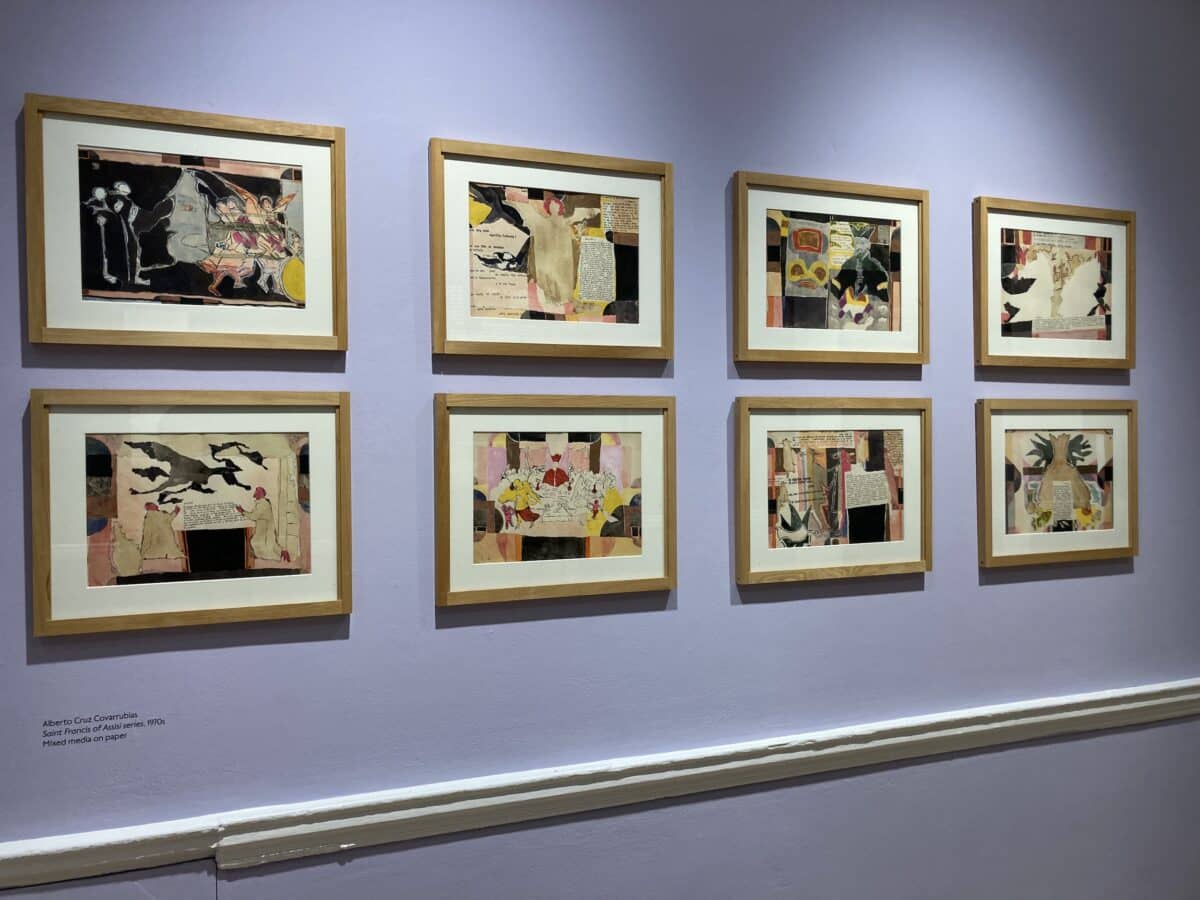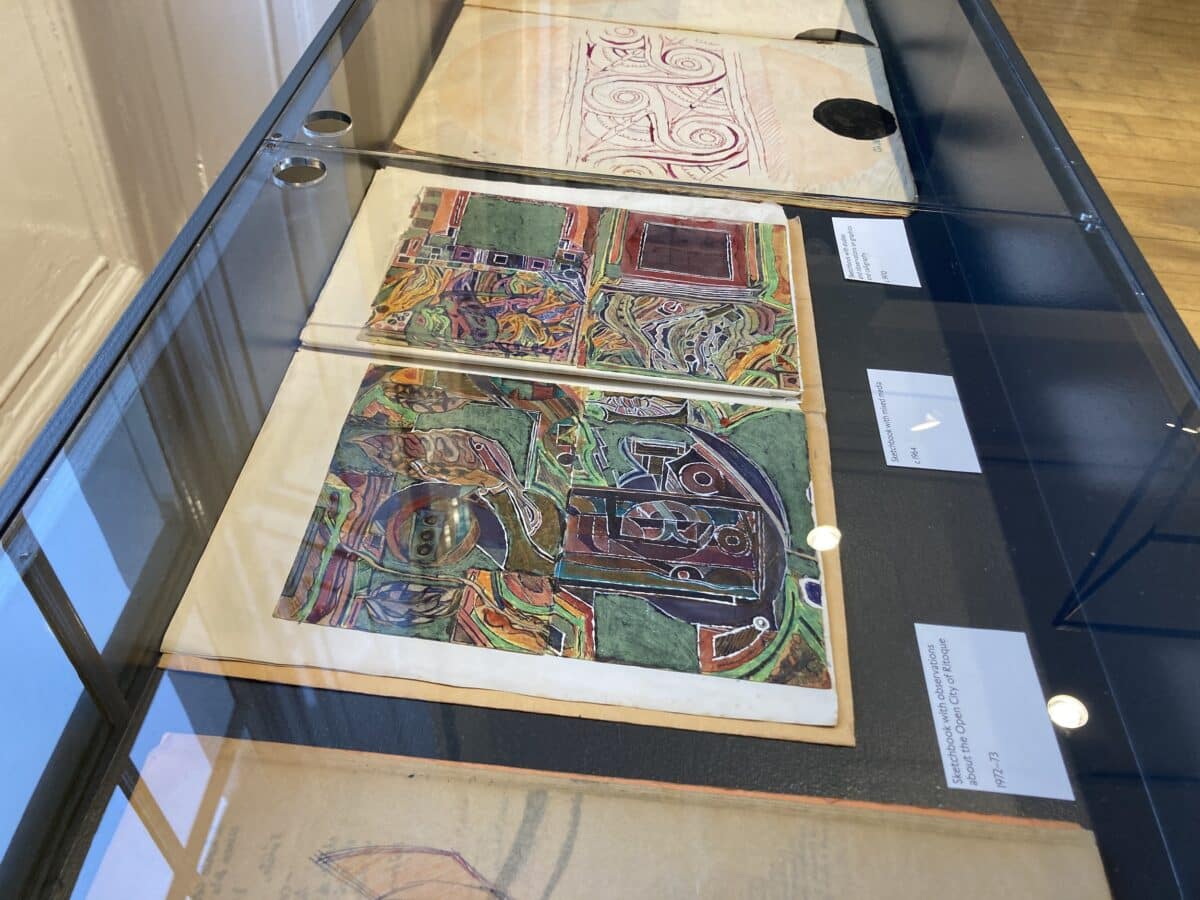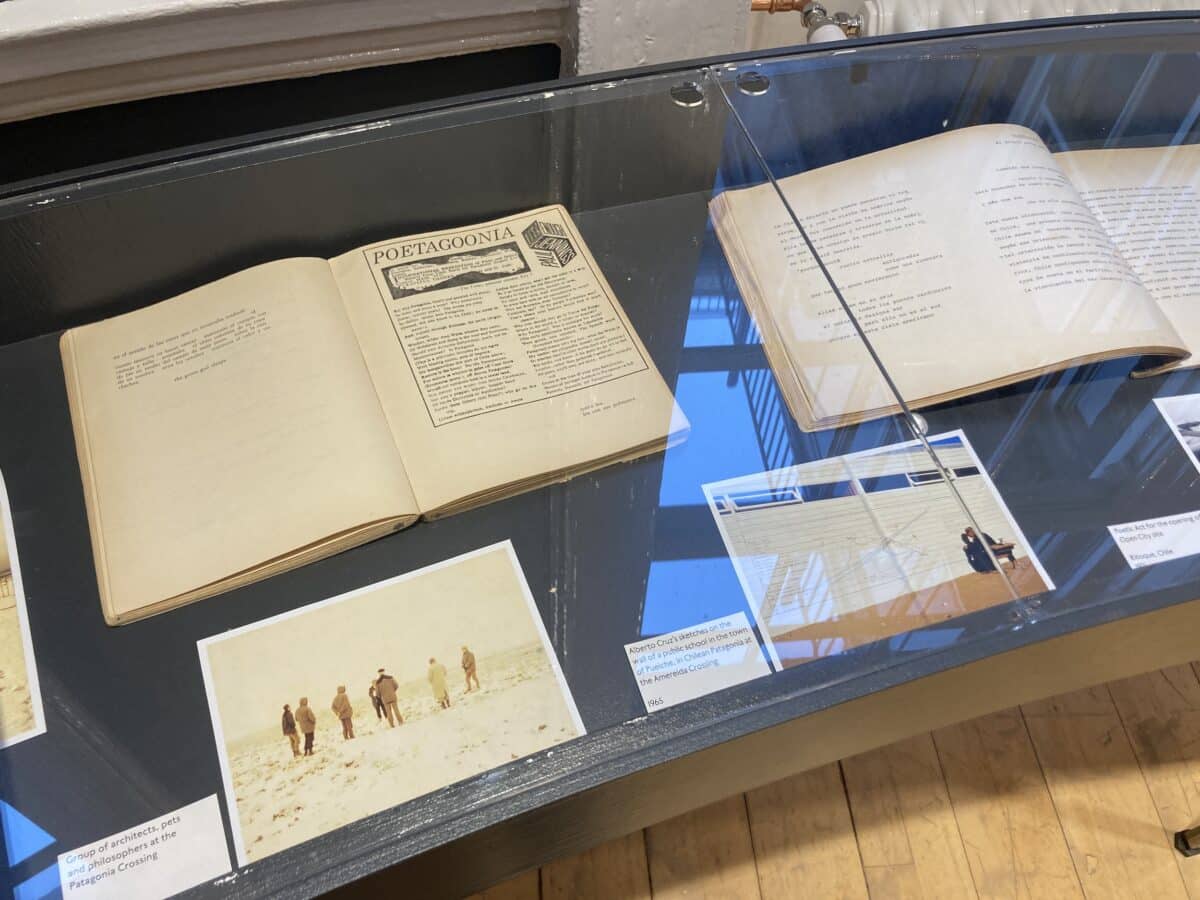Alberto Cruz: Observation, Act, Form – Review

Alberto Cruz (1917–2013) was an architect and theorist who devoted most of his professional life to education. In 1952, he played an important role in revitalising the School of Architecture at the Universidad Catolica de Valparíso, Chile, founding the Instituto de Arquitectura de Valparaíso with eight of his colleagues, including the poet Godofredo Iommi and the architects Miguel Eyquem and Fabio Cruz. The pedagogy of the Instituto combined sculpture, painting, poetry, literature, and art, with the architectural curriculum. The product of this was the Amereida, a quest to find the ‘true voice’ of the American continent, away the history of European colonisation, undertaken through poetry, drawing and rigorous observation. This quest led to the Travesia de Amereida, a journey by the faculty and students of the Instituto in 1965, that began in Tierra del Fuego in Southern Chile to Santa Cruz de la Sierra, Bolivia. From this journey, the Cuidad Abierto-Amereida, or the Open City, was born in 1971. Building on the ideologies expressed by Cruz in 1967 – in which he challenged the ‘free and disinterested’ contemplation of reality – the Open City presented a way to ‘come to know life’.

It is the period from the foundation of the Instituto de Arquitectura de Valparaíso in the 1950s to the Open City that Alberto Cruz: Observation, Act and Form focuses on. The exhibition is presented by the Fundacion Alberto Cruz (established in 2016) and curated by Francisco Adriasola, a fellow Chilean architect, and recent graduate of the AA’s Design and Make programme. Although limited to the relatively small gallery at Bedford Square, the exhibition makes use of the two long walls of the space to present paintings of canvas – a nod to his ‘Pure Composition’ method in which students were encouraged to freely engage with space through abstraction – and a series of paintings from the 1970s that reinterpret seventeenth-century paintings of St Francis of Assisi. Two vitrines, placed at either end of the gallery contain Cruz’s notebooks – which juxtapose colourful paintings with more conventional ‘visual’ notes that include small sketches of Frank Lloyd Wright buildings – and include drawings, printed publications, and photographs relating to the Open City. Along the centre of the gallery are eight ‘Reversible Paintings’, of which Cruz made about 100 in the 1950s and 60s, suspended from two metal structures.




The ‘Reversible Paintings’ and many of the notebook pages are remarkable objects. They evoke works by artists such as Adolf Wölfli, or Friedensreich Hundertwasser, particularly his Hauteurs de Macchu-Picchu (1966), which similarly combines colourful inks and text. In many ways Cruz resembles Hundertwasser in his treading of a wobbly line between art and architecture, something that the exhibition acknowledges. What is increasingly clear as you walk around the gallery – and the exhibition warrants making multiple rounds – is that for Cruz the importance of observation in his practice and teaching trumped the need to separate art from architecture; in the Open City they could coexist.
Overall, the exhibition provides an evocative and inspiring portrait of Cruz and his radical approach to redefining the methods and goals of architectural education. What is clear is that there is a lot to be learnt from Cruz and Open City, and the exhibition is very much just an introduction. It breaks the ground for a more extensive exploration of the Open City, which might shift the focus towards the collective and egalitarian structure and to how sculpture, painting, poetry, literature, art and architecture imbricated at the Instituto.
Alberto Cruz: Observation, Act, Form is on display at the Architectural Association until 10th December 2022.
Two books on the work of Alberto Cruz continue the the story of Cruz’s career and the Open City:
Alberto Cruz: El cuerpo del arquitecto no es de un solo hombre was published by ARQ Ediciones in 2017, more information can be found here.
Alberto Cruz. Proyecto, Obra y Ronda was published by ARQ Ediciones in 2021, copies of the book can be purchased here.
Matt Page is the Deputy Director of Drawing Matter.
